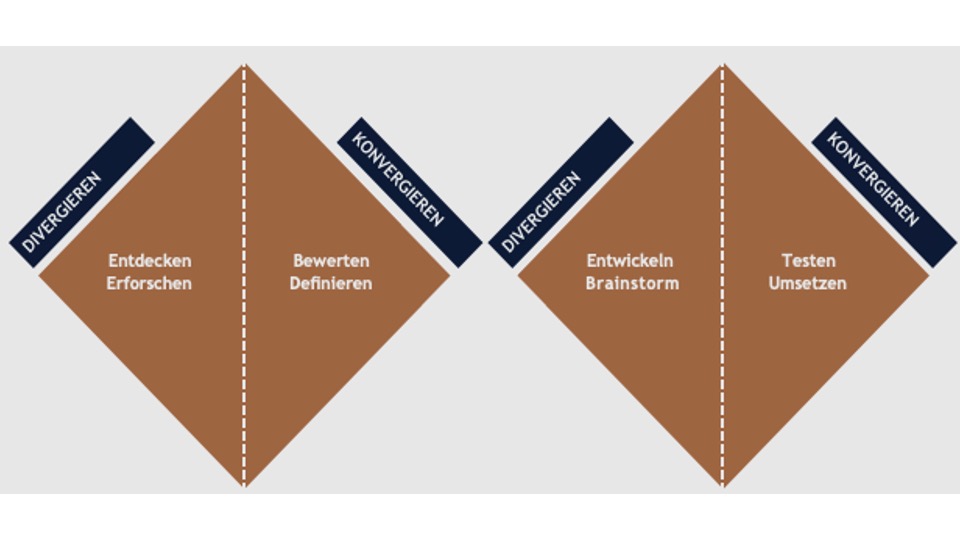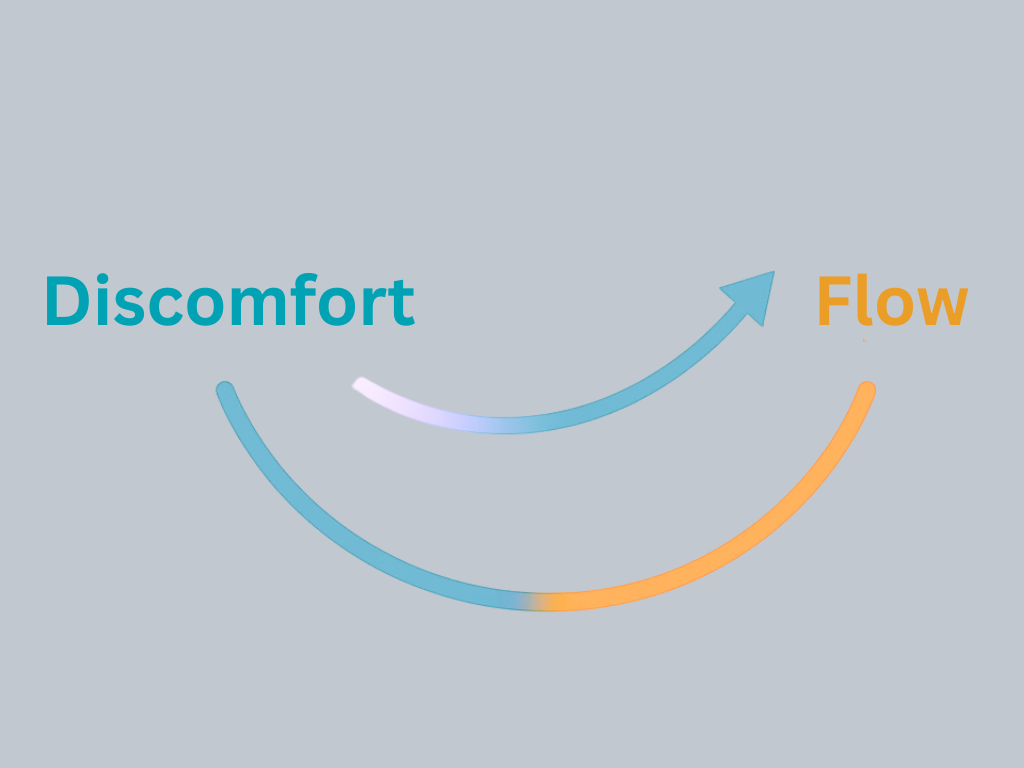In the morning, before the day starts, I sometimes take three minutes.
Not always. Not perfectly. But often enough to notice the difference:
I sit down. No technique, no timer.
Just the question:
With what attitude do I want to go through the day today?
Not: What do I have to accomplish?
But rather: What do I want to make felt through me — in conversations, in decisions, maybe in small ways?
I notice how this takes me out of reacting.
How I respond more calmly. Listen better.
See more clearly what really matters.
I don’t do this because I’m especially disciplined.
Rather, because I’ve learned:
Pausing helps me not just go through my routine on autopilot, but reminds me of what leadership and self-leadership really require:
Clarity, attitude, connection.
Neurobiologist Daniel Siegel describes intention as a mental anchor:
“Where attention goes, neural firing flows.“
What we focus on changes our actions.
I practice this. Sometimes it works. Sometimes I forget.
But: It makes a difference.
Question for you:
What is your intention today — and how might your day change because of it?
My intention is connection.

10 Tips for a Successful Innovation Workshop
Innovation doesn’t happen by accident.It needs spaces where people feel safe to think differently, challenge assumptions, and explore new ideas together.A well-designed innovation workshop creates exactly that kind of space one that brings structure to creativity and connects people through ideas. So how do you make it work in practice?Here are ten practical tips to help you unleash creativity,



